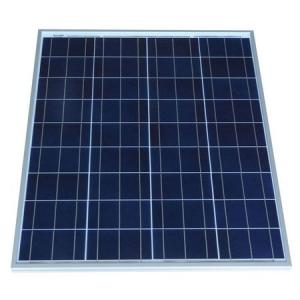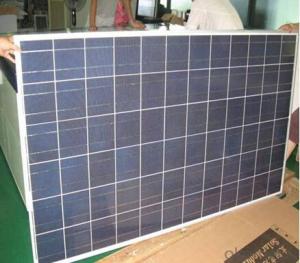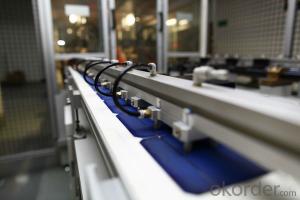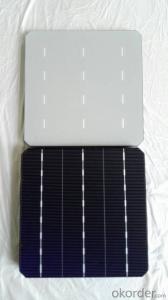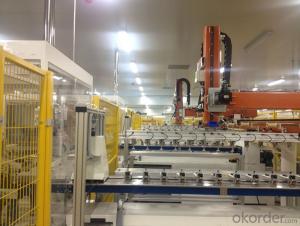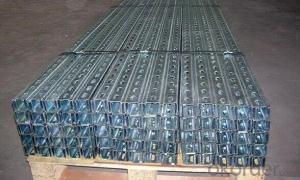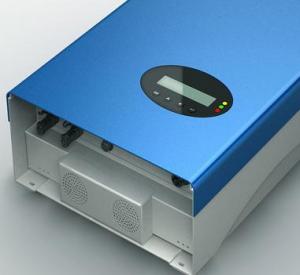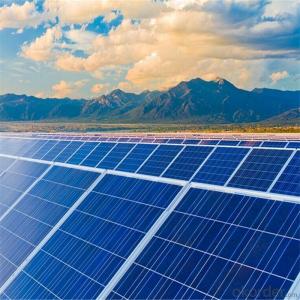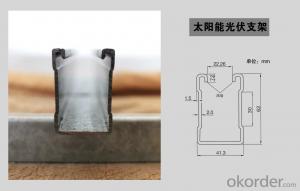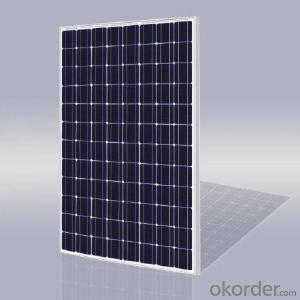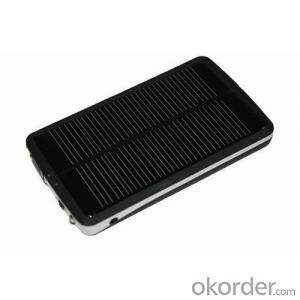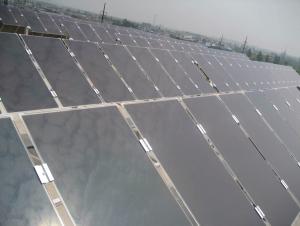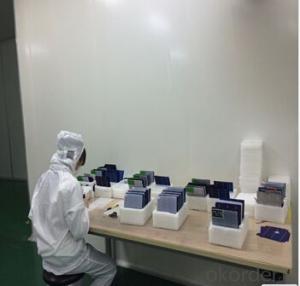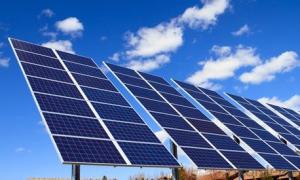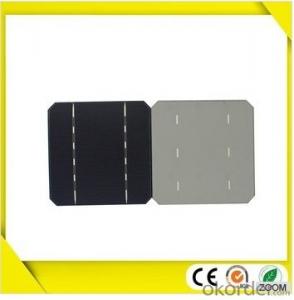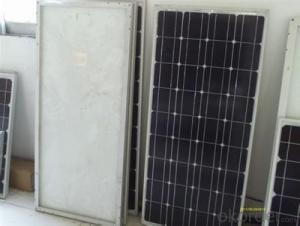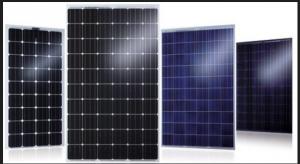Build Solar Cells From Scratch
Build Solar Cells From Scratch Related Searches
Build Solar Panel From Cells Build Your Own Solar Cells Creating Solar Cells Building Solar Cells Printing Solar Cells At Home Production Of Solar Cells Cheap Solar Cells Custom Solar Cells Buy Cheap Solar Cells Buying Solar Cells Wholesale Home Built Solar Cells Buy Solar Cells Wholesale Buy Solar Cells Purchase Solar Cells Solar Cell Module Assembly Low Cost Solar Cells Build Your Own Solar Inverter Affordable Solar Cells Cheap Solar Cells For Sale Solar Cell Power Generation Free Solar Cells Solar Module Construction Buy Solar Cells In Bulk Best Solar Cells To Buy Printable Solar Cells Best Solar Cells 3d Printed Solar Cells Screen Printing Solar Cells Make Solar Inverter At Home Printed Solar CellsBuild Solar Cells From Scratch Supplier & Manufacturer from China
Build Solar Cells From Scratch is a comprehensive guide that provides step-by-step instructions on how to create solar cells using readily available materials. This product is designed for individuals interested in learning about renewable energy sources and experimenting with solar technology. The guide covers various aspects of solar cell construction, from understanding the science behind solar energy to assembling and testing the final product.The application of Build Solar Cells From Scratch extends to educational purposes, DIY enthusiasts, and even small-scale energy production. It offers a hands-on approach to learning about solar energy and can be used in classrooms, workshops, or personal projects. By following the detailed instructions, users can gain a deeper understanding of how solar cells work and contribute to sustainable energy solutions.
Okorder.com is a leading wholesale supplier of Build Solar Cells From Scratch, boasting a large inventory to cater to the needs of various customers. As a reliable source for this product, Okorder.com ensures that customers receive high-quality guides and prompt service. By offering Build Solar Cells From Scratch at competitive prices, Okorder.com makes it accessible for a wide range of users, from hobbyists to professionals in the renewable energy sector.
Hot Products
